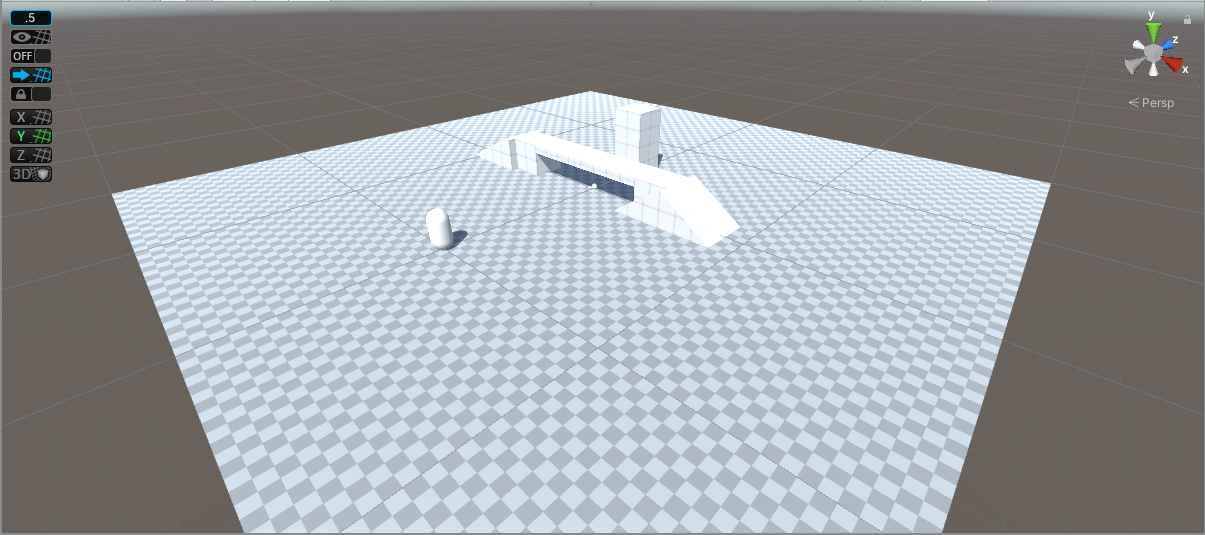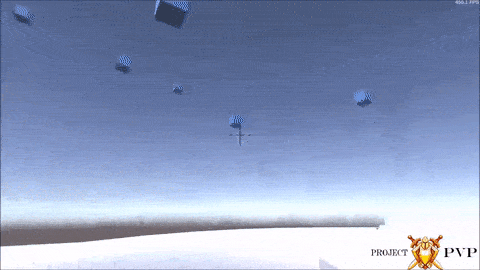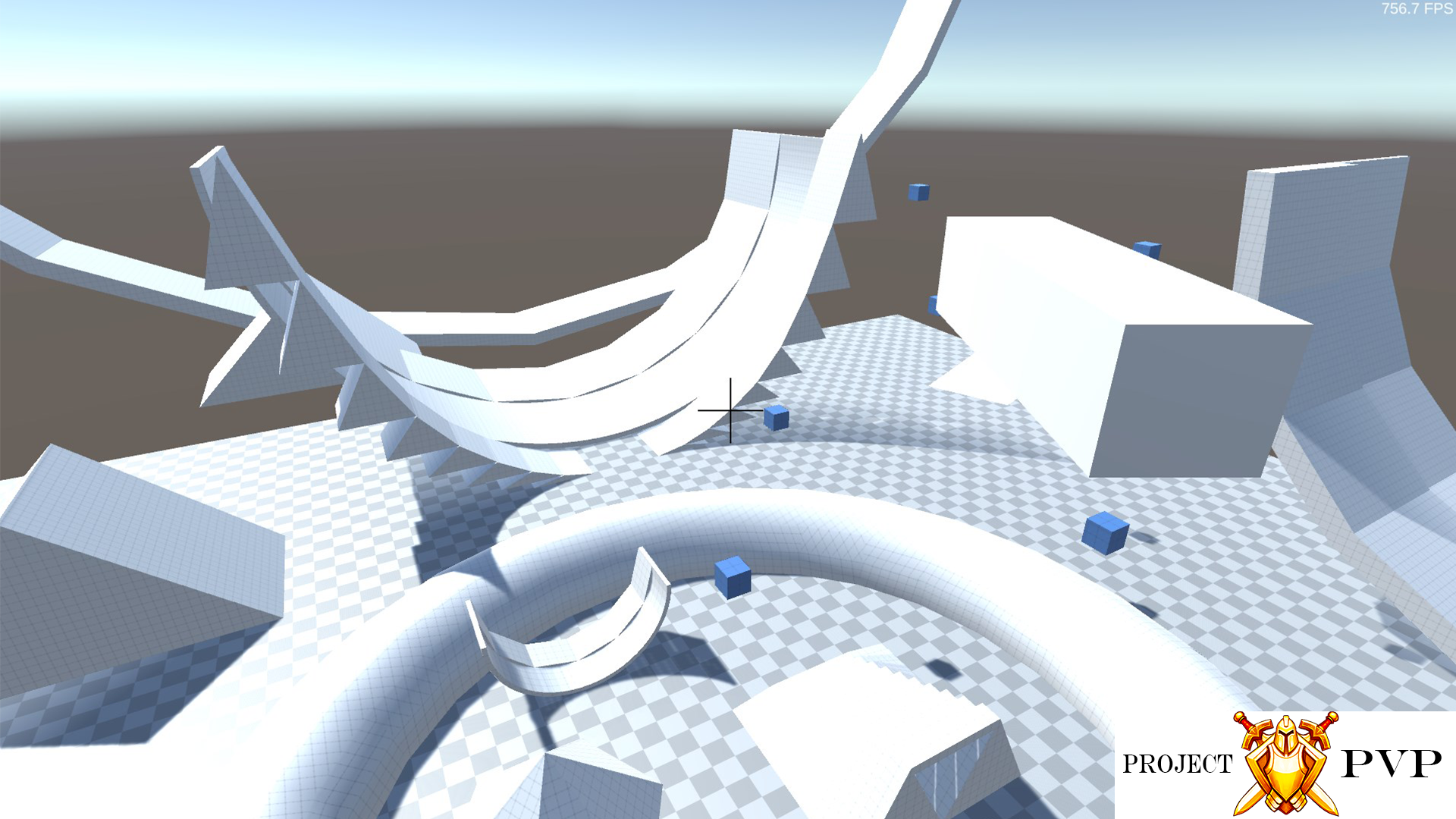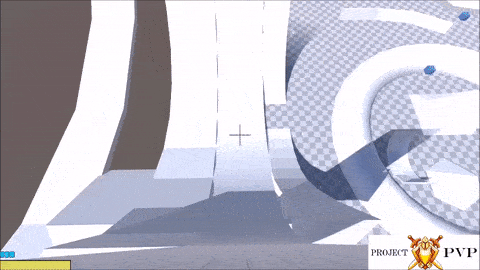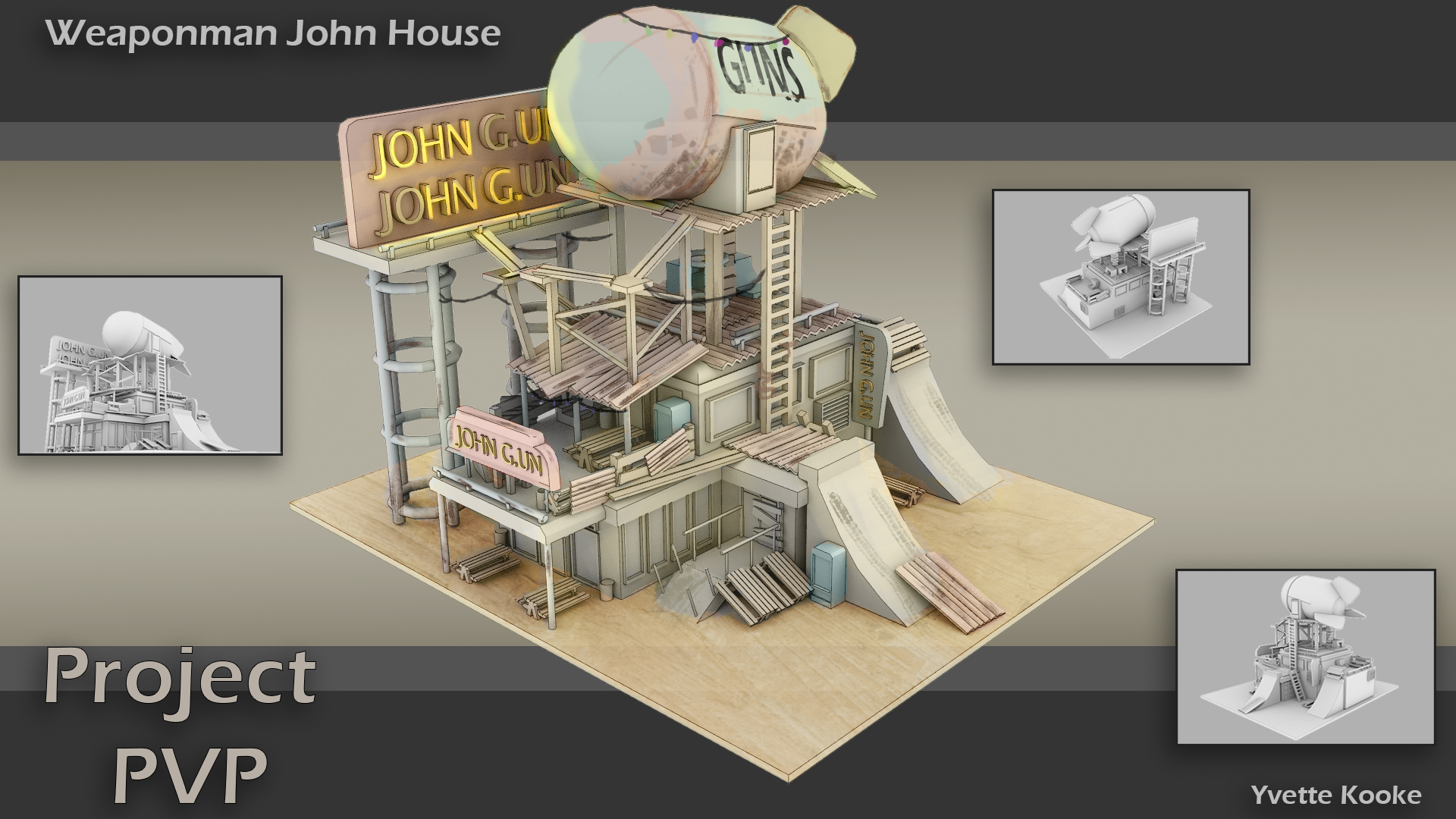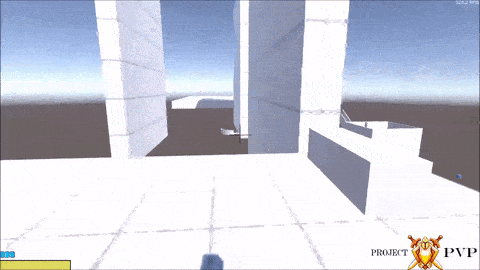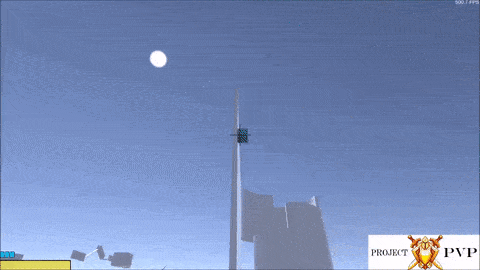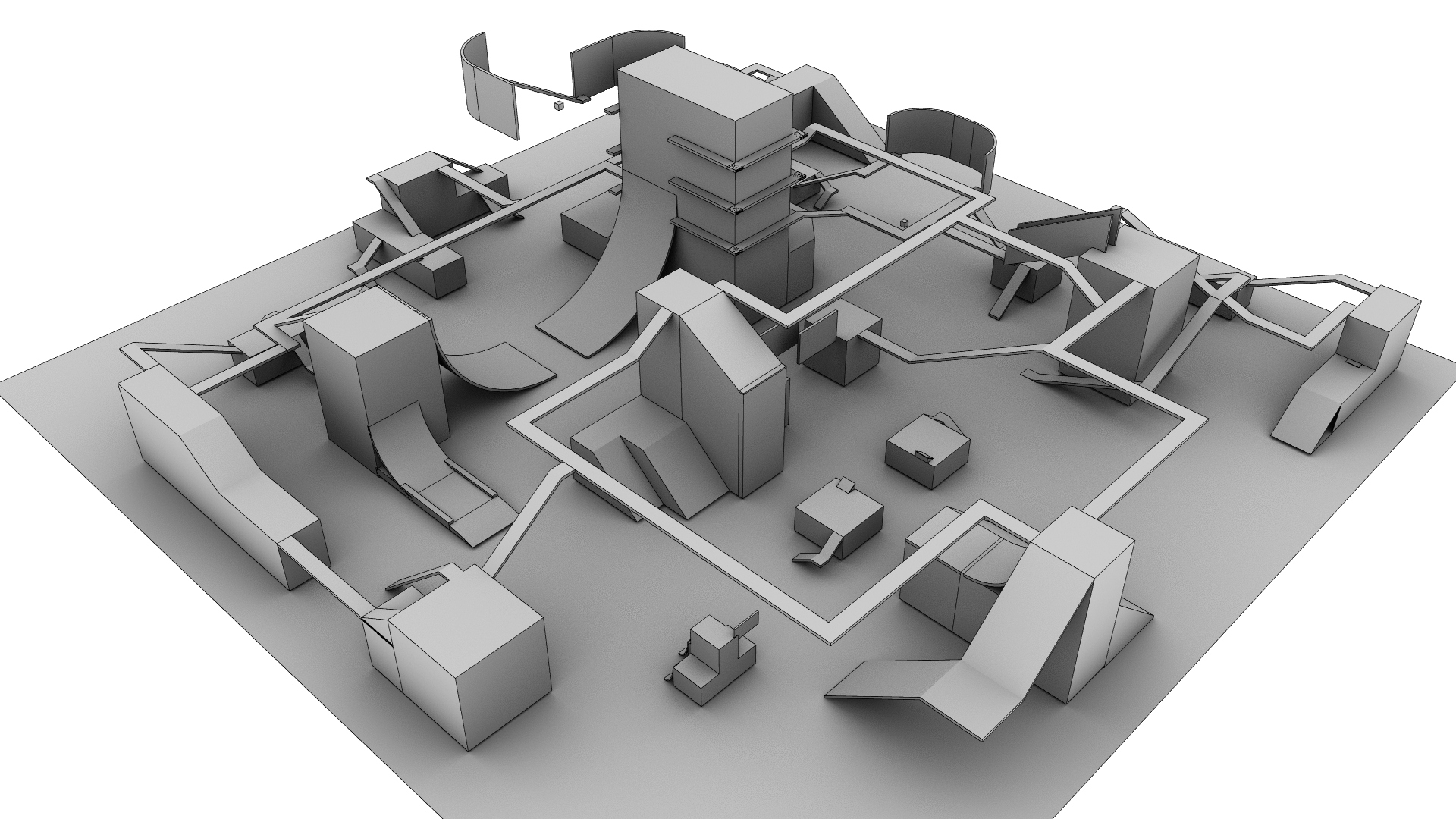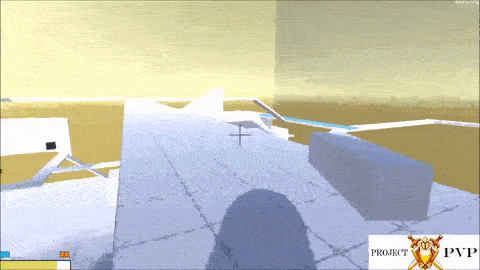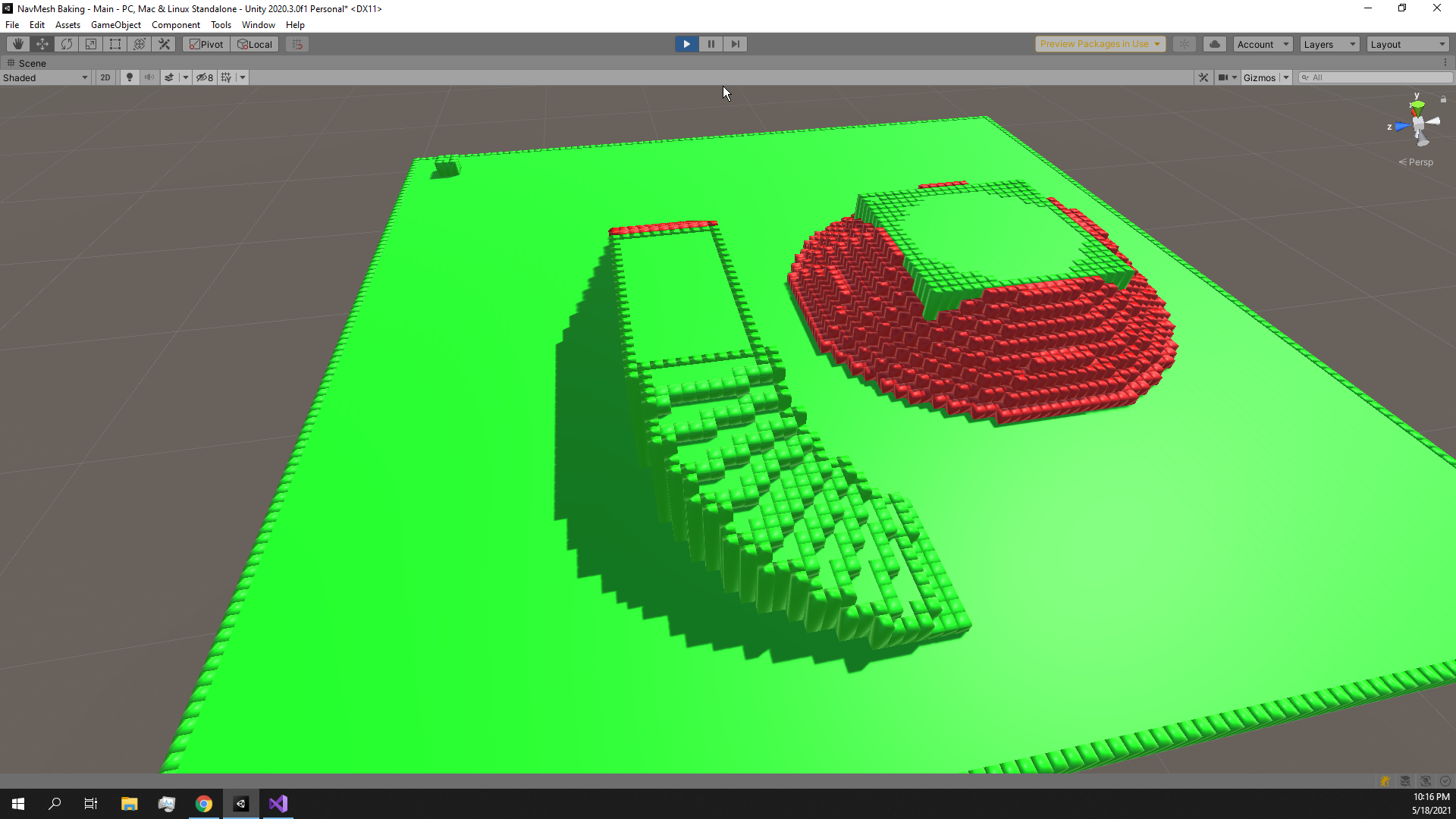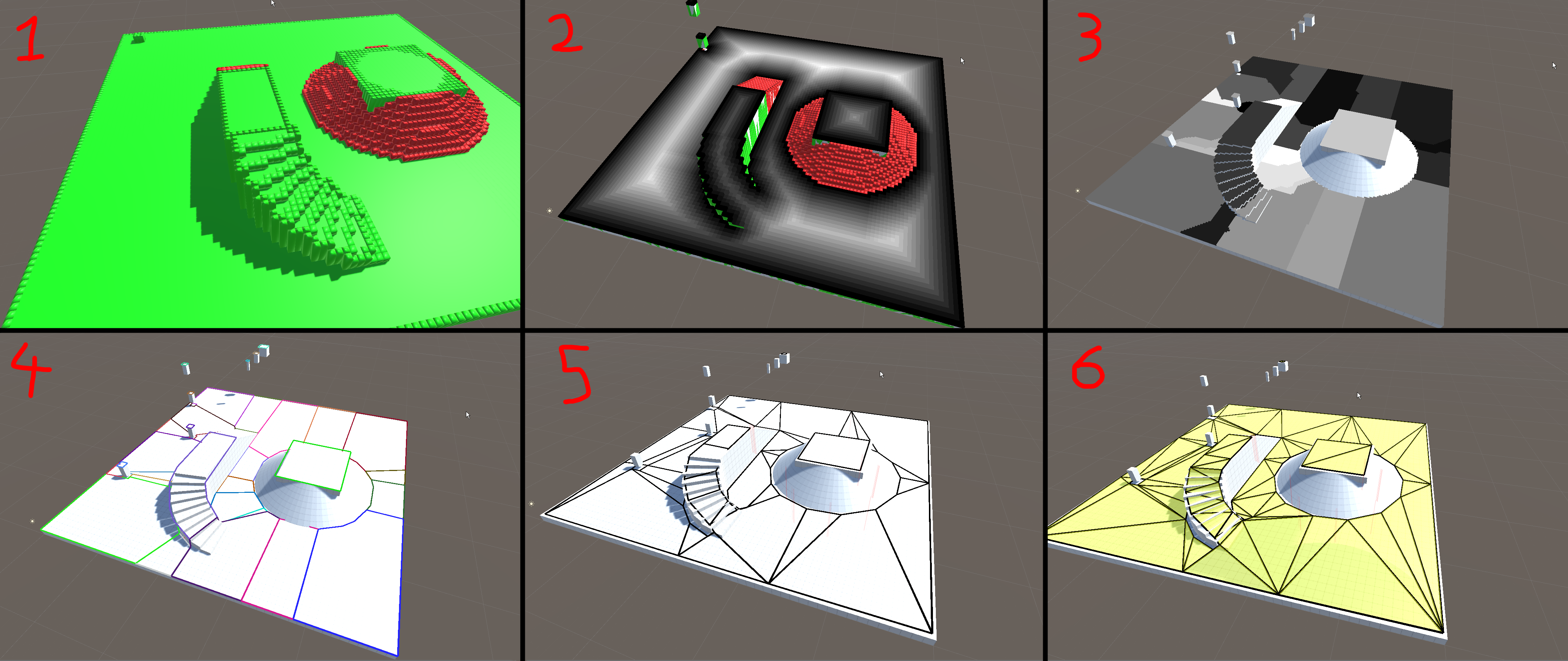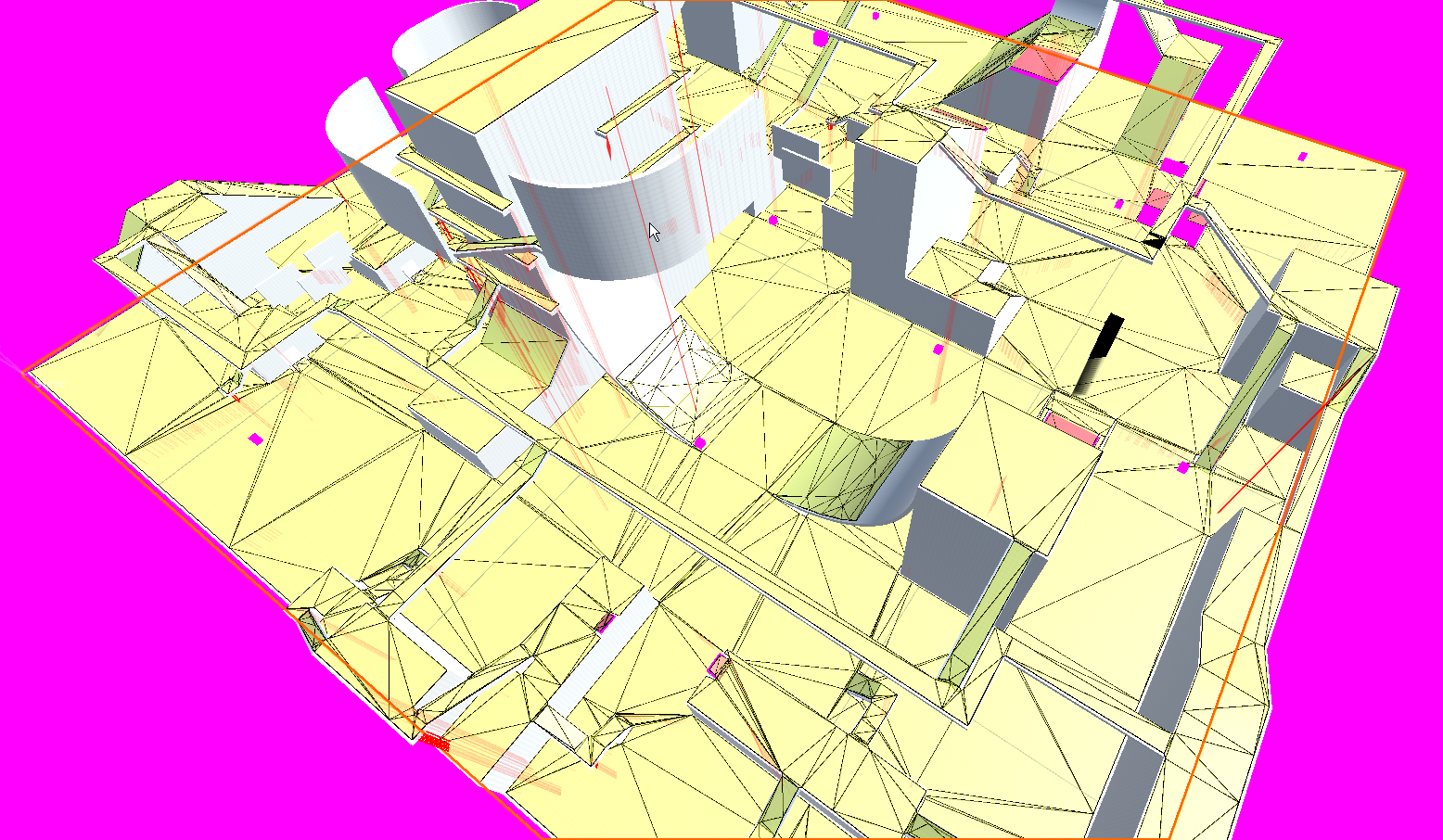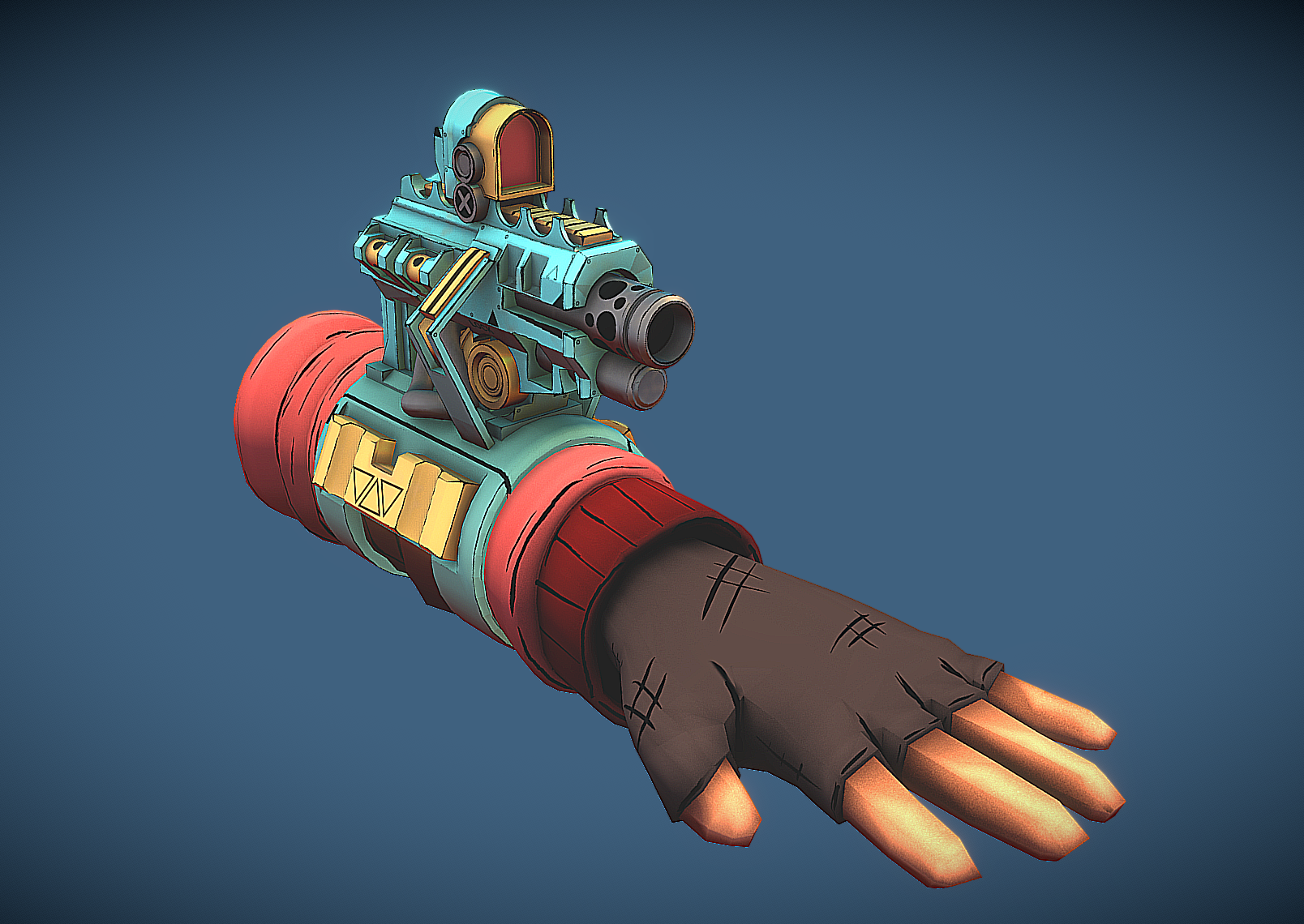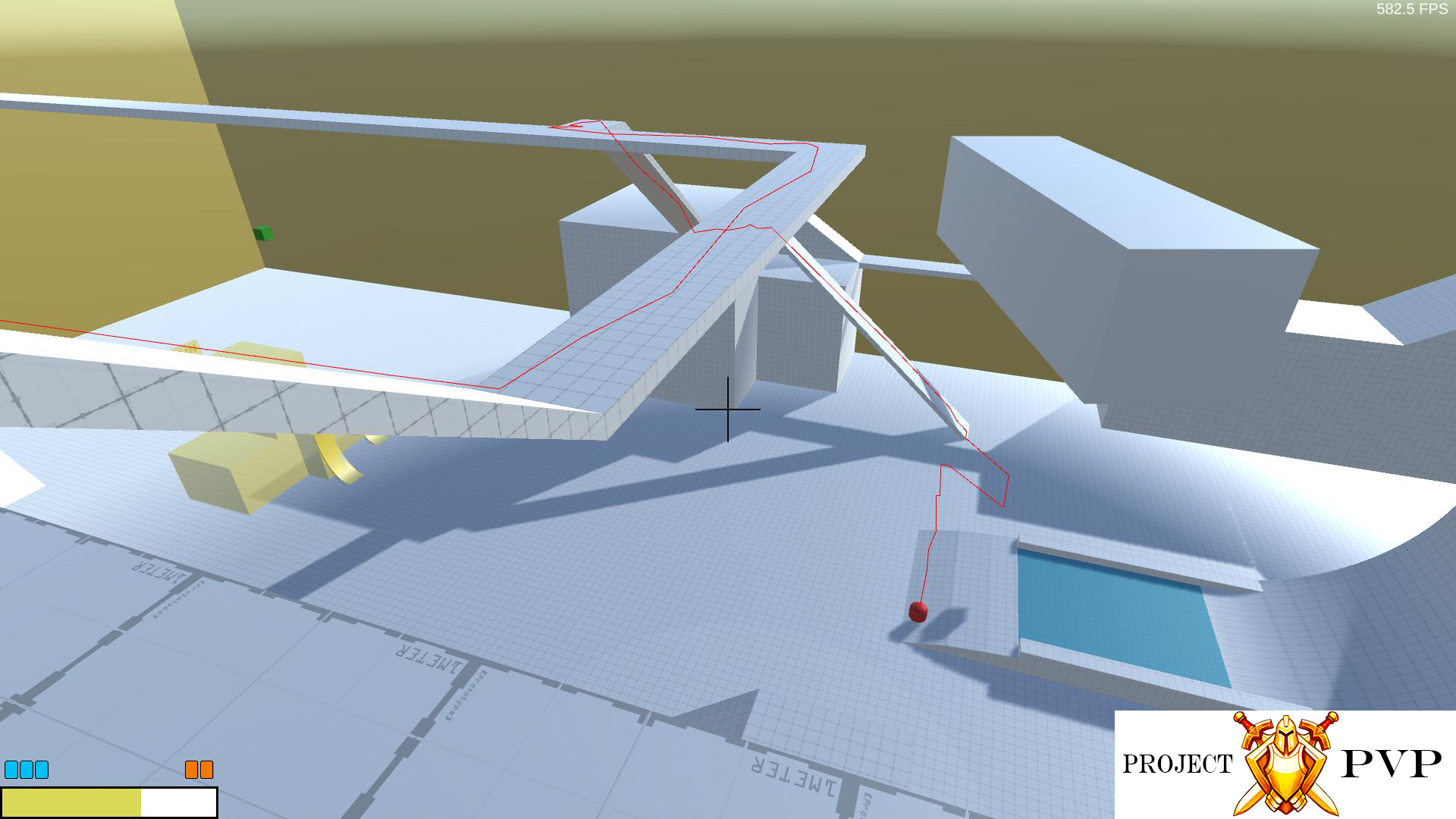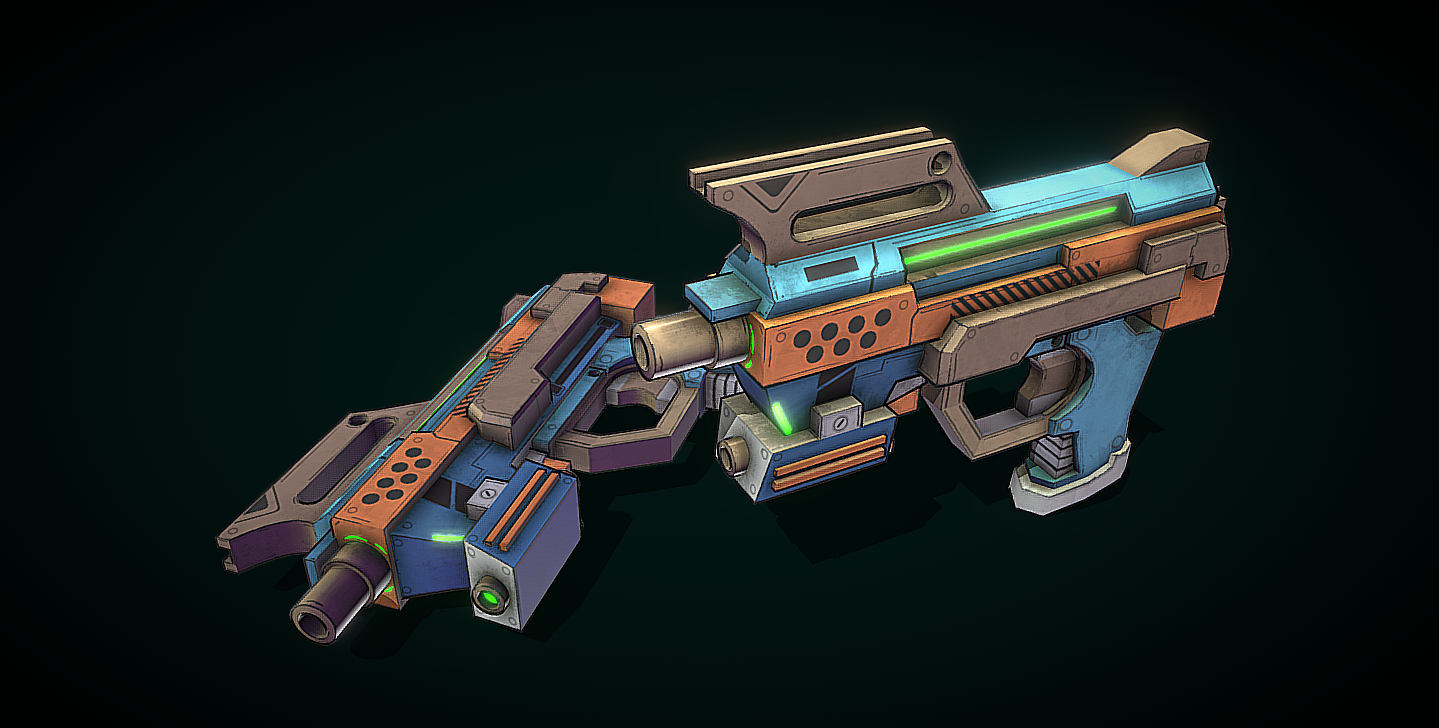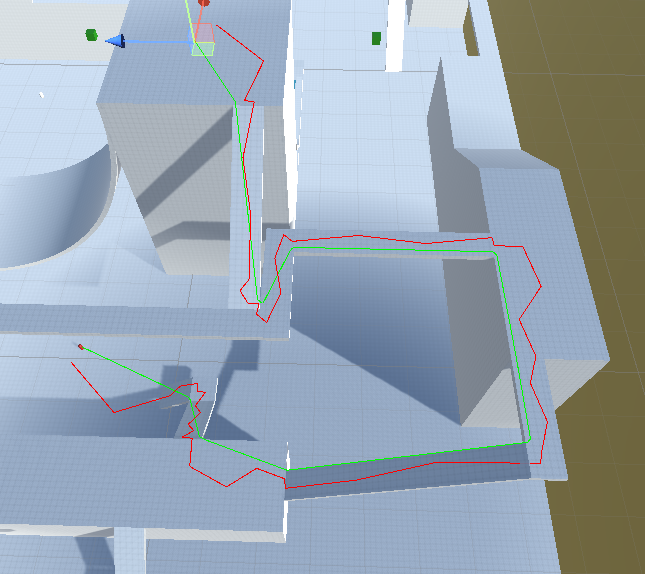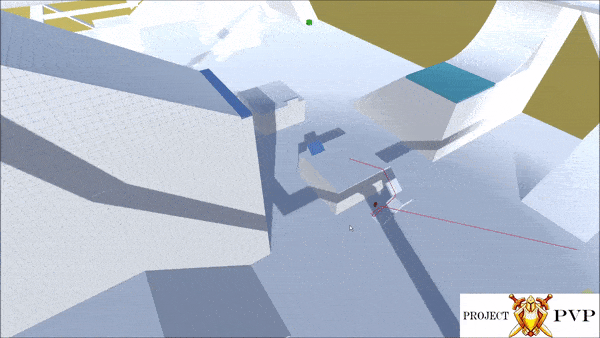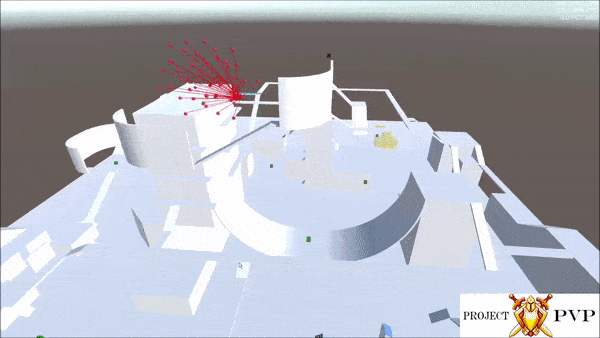Dev Log #0 (Introduction):
We are a team of 2 game developers (programmer and 3D artist) and we would like to make a PvP Game. This game will be free to play and will be released on itch and steam. However, we would first like to do some research to what people actually want in a PvP game and shape the game accordingly.
Join our discord: https://discord.gg/uhgrcEGeaH
I will also be updating this thread every week or so.
Work:
Started with researching what people want on itch and also other platforms.


